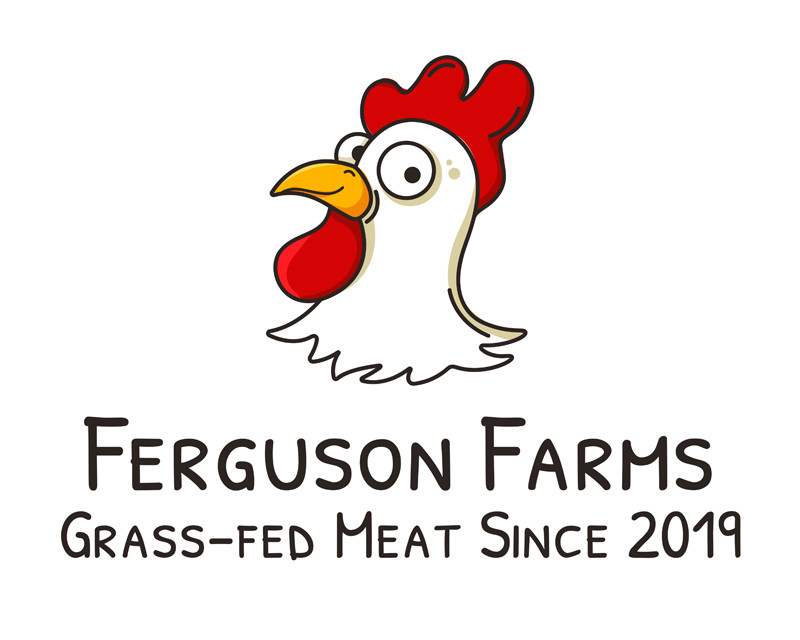What are your animals fed?
posted on
September 17, 2021
The answer to this question will depend on the animal species in question, thus we've outlined the details for each below.
BEEF
• 100% Grass-fed and finished | Our cattle are raised outdoors in the open pasture, consuming a strict 100% forage diet. These animals will not consume any grains in their lifetime
• No antibiotics or Growth Hormones | It is our goal to keep your meat as 'Weird-Free' as possible.
• No GMOs | These animals consume grasses and hay that has not been genetically modified, nor sprayed with any chemicals.
POULTRY
• Pasture-Raised | As the season permits, our chickens are moved to fresh green pasture each and every day and are given access to non-GMO grain rations (corn & soy), as these birds are not ruminant animals.
• No antibiotics or Growth Hormones
• No GMOs | All forages and feed rations are completely GMO-free.
LAMB
• Pasture-Raised | Our sheep are raised similarly to our cattle–rotated to fresh pasture consuming grass during the growing season. During the cold winter months, these animals are given non-GMO hay and barley.
• No antibiotics or Growth Hormones
• No GMOs | All forages and feed rations are completely GMO-free.




